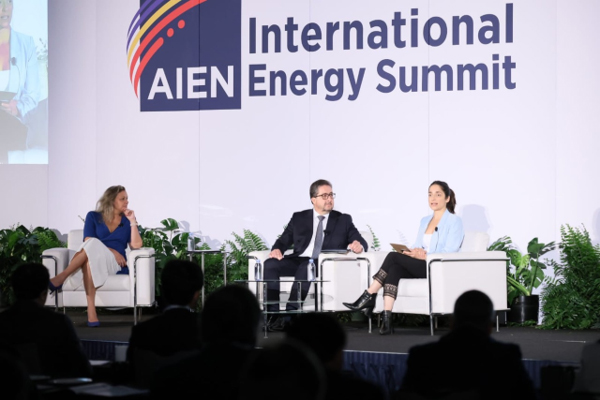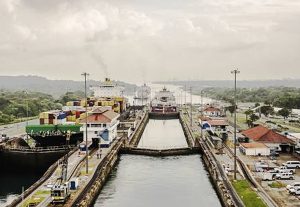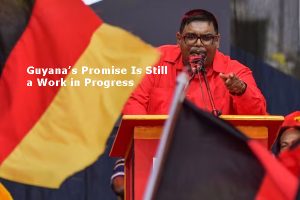- There is no ‘one size fits all’ solution for Latin America

EnergiesNet
MIAMI
Energiesnet.com 06 02 2023
There can be the perception that there is one ‘correct’ version of an energy transition, which all countries must abide by. But for individual countries across the globe – especially those with developing economies – there isn’t a ‘one size fits all’ solution. For some countries, it means moving towards an energy matrix based on renewables. For others, it means ensuring their communities have access to clean, affordable energy. In the panel session ‘How states are addressing the energy trilemma: Globalization vs Localization’ at the AIEN International Energy Summit, representatives from Brazil and Argentina explained what the transition means to them.
Heloisa Borges Esteves, Director of Oil, Natural Gas and Biofuels Studies, Energy Research Office, Brazil, explained how the energy transition has already happened in Brazil. “We have one of the cleanest energy matrixes in the world. 90% of our electricity production already comes from renewables. To continue this good work, we need to solve the basic trilemma: secure, clean, and affordable.
“Developing countries have a bigger challenge than developed economies. We are trying to enhance our supply. We expect demand to grow by 30% by the end of the decade. It will be a huge achievement to add this to our matrix and keep it at 90% renewability.
“We are basing our energy transition on four main pillars:
1 -Balance environmental impacts.
2 – Social and economic development.
3 – Energy security.
4 – Keeping the competitiveness of the country.
Cecilia Garibotti, Undersecretary for Energy Planning, Argentina, highlighted another problem that faces some Latin American countries that don’t have the same issue in places such as Europe. “We’re really large! We are the 8th largest country in terms of territory, and therefore, we have many different climates and conditions. All throughout the region, we have a cleaner matrix than many other parts of the world. There isn’t just one transition policy; there are many which need to adapt to the singularity of each country and different areas of a country in our case.
“When we think about transition, we are thinking of different resources and needs from the country and how best to support communities. In the north, we have solar; in the south, we have some of the best wind in the world. In the center, we have bioenergy. We also have one of the largest unconventional oil & gas productions in the world. We won’t stop using this as it will play a huge role in decarbonizing other countries, and we also can’t be dependent on other countries with geopolitical conflicts that we aren’t a part of.”
Both panelists agreed that the financial challenges imposed by the energy transition would create different tests for different economies, but each will face this in their own way. “The transition is a toolkit for companies to choose parts from; we don’t all have to face it in the same way,” concluded Garibotti.
Source: BCM Public Relations Ltd
EnergiesNet.com 06 02 2023











